Persepolis: Khan Academy, Persepolis Historical Facts and Pictures, Persian Architecture in Photos, and More
Khan Academy
Persepolis: The Audience Hall of Darius and Xerxes
by Dr. Jeffrey Becker. Created by Smarthistory.
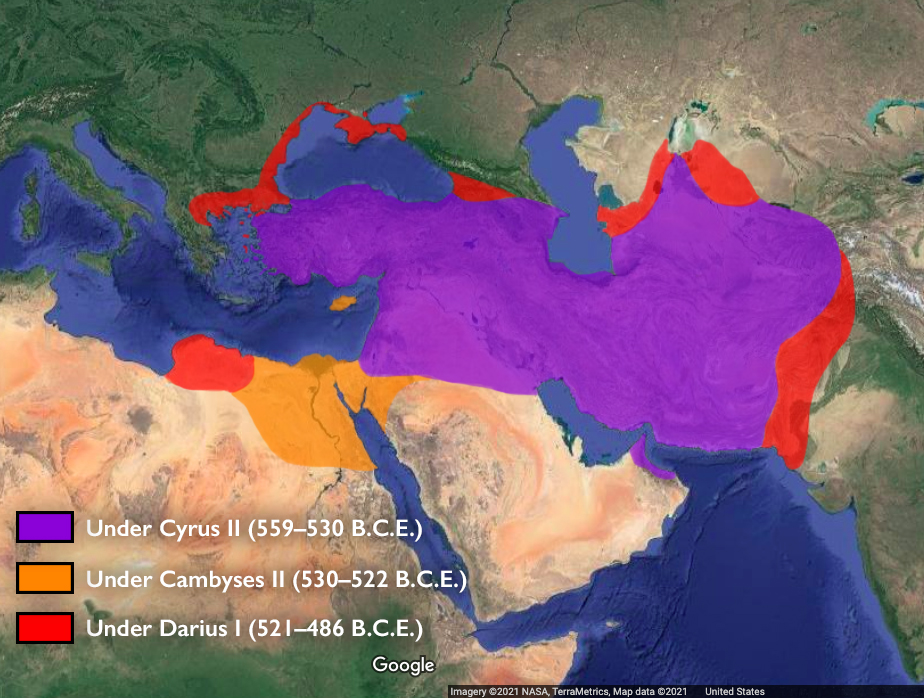 Growth of the Achaemenid Empire under different kings (underlying map © Google)
Growth of the Achaemenid Empire under different kings (underlying map © Google)
By the early fifth century B.C.E. the Achaemenid (Persian) Empire ruled an estimated 44% of the human population of planet Earth. Through regional administrators the Persian kings controlled a vast territory which they constantly sought to expand. Famous for monumental architecture, Persian kings established numerous monumental centers, among those is Persepolis (today, in Iran). The great audience hall of the Persian kings Darius and Xerxes presents a visual microcosm of the Achaemenid empire—making clear, through sculptural decoration, that the Persian king ruled over all of the subjugated ambassadors and vassals (who are shown bringing tribute in an endless eternal procession).
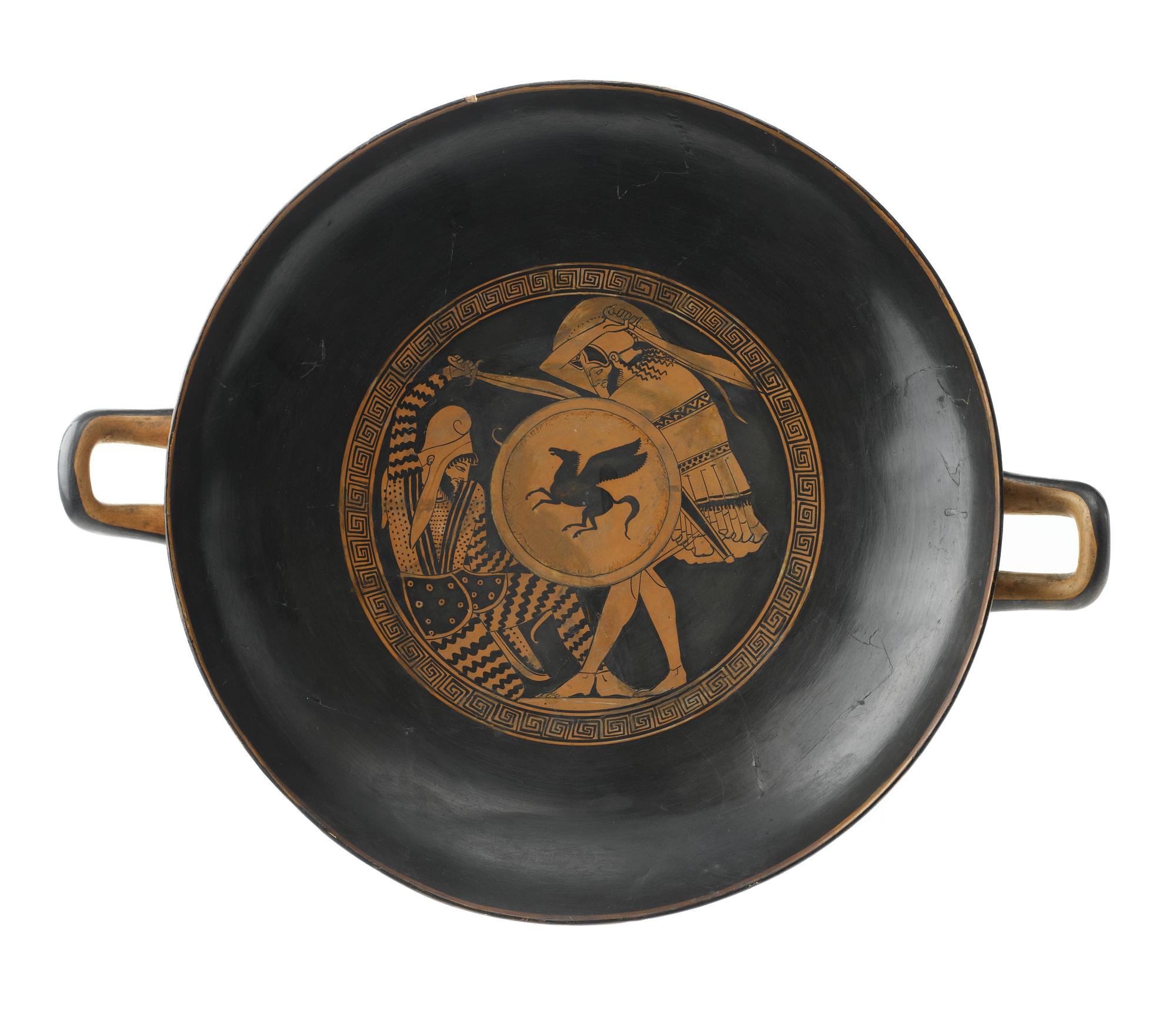 Kylix depicting a Greek hoplite slaying a Persian inside, by the Triptolemos painter, 5th century B.C.E. (National Museums of Scotland)
Kylix depicting a Greek hoplite slaying a Persian inside, by the Triptolemos painter, 5th century B.C.E. (National Museums of Scotland)
Persepolis would remain an important site until it was sacked, looted, and burned under Alexander the Great of Macedon in 330 B.C.E.
 Plan of Persepolis (underlying image: Oriental Institute Museum via Google Arts and Culture)
Plan of Persepolis (underlying image: Oriental Institute Museum via Google Arts and Culture)
 Bull Capital from Persepolis, Ap?dana, Persepolis (Fars, Iran), c. 520–465 B.C.E. (National Museum of Iran) (photo: s1ingshot)
Bull Capital from Persepolis, Ap?dana, Persepolis (Fars, Iran), c. 520–465 B.C.E. (National Museum of Iran) (photo: s1ingshot)
The Ap?dana palace is a large ceremonial building, likely an audience hall with an associated portico. The audience hall itself is hypostyle in its plan, meaning that the roof of the structure is supported by columns. Ap?dana is the Persian term equivalent to the Greek hypostyle (Ancient Greek: ????????? hypóst?los). The footprint of the Ap?dana is c. 1,000 square meters; originally 72 columns, each standing to a height of 24 meters, supported the roof (only 14 columns remain standing today). The column capitals assumed the form of either twin-headed bulls (above), eagles or lions, all animals represented royal authority and kingship.
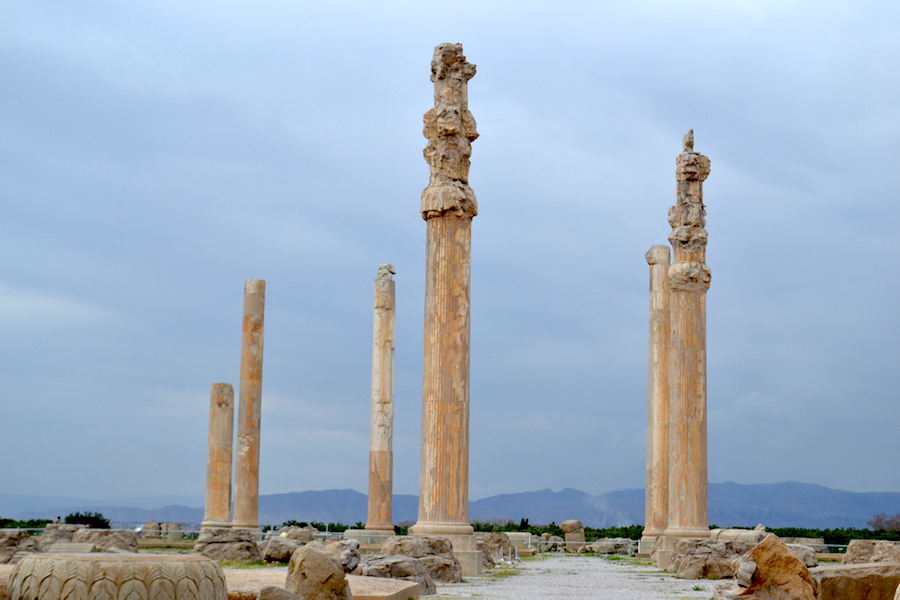 Ap?dana, Persepolis (Fars, Iran), c. 520–465 B.C.E. (photo: Alan Cordova, CC BY-NC-ND 2.0)
Ap?dana, Persepolis (Fars, Iran), c. 520–465 B.C.E. (photo: Alan Cordova, CC BY-NC-ND 2.0)
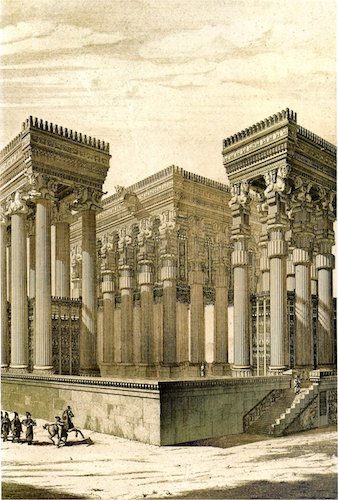 19th century reconstruction of the Ap?dana, Persepolis (Fars, Iran) by Charles Chipiez (photo: Pentocelo~commonswiki, public domain)
19th century reconstruction of the Ap?dana, Persepolis (Fars, Iran) by Charles Chipiez (photo: Pentocelo~commonswiki, public domain)
 East stairway, Ap?dana, Persepolis (Fars. Iran), c. 520–465 B.C.E.
East stairway, Ap?dana, Persepolis (Fars. Iran), c. 520–465 B.C.E.
The Ap?dana stairs and sculptural program
The monumental stairways that approach the Ap?dana from the north and the east were adorned with registers of relief sculpture that depicted representatives of the twenty-three subject nations of the Persian empire bringing valuable gifts as tribute to the king. The sculptures form a processional scene, leading some scholars to conclude that the reliefs capture the scene of actual, annual tribute processions—perhaps on the occasion of the Persian New Year–that took place at Persepolis. The relief program of the northern stairway was perhaps completed c. 500–490 B.C.E. The two sets of stairway reliefs mirror and complement each other. Each program has a central scene of the enthroned king flanked by his attendants and guards.
even reflecting events that took place within the Ap?dana itself.
 An Armenian tribute bearer carrying a metal vessel with Homa (griffin) handles, relief from the eastern stairs of the Ap?dana in Persepolis: (Fars. Iran), c. 520–465 B.C.E. (photo: Aryamahasattva, CC BY-SA 3.0)
An Armenian tribute bearer carrying a metal vessel with Homa (griffin) handles, relief from the eastern stairs of the Ap?dana in Persepolis: (Fars. Iran), c. 520–465 B.C.E. (photo: Aryamahasattva, CC BY-SA 3.0)
The relief program of the Ap?dana serves to reinforce and underscore the power of the Persian king and the breadth of his dominion. The motif of subjugated peoples contributing their wealth to the empire’s central authority serves to visually cement this political dominance. These processional scenes may have exerted influence beyond the Persian sphere, as some scholars have discussed the possibility that Persian relief sculpture from Persepolis may have influenced Athenian sculptors of the fifth century B.C.E. who were tasked with creating the Ionic frieze of the Parthenon in Athens. In any case, the Ap?dana, both as a building and as an ideological tableau, make clear and strong statements about the authority of the Persian king and present a visually unified idea of the immense Achaemenid empire.
For more information, please visit the following link:
Persepolis Historical Facts and Pictures
Situated 70 kilometers northeast from Shiraz city in Iran, the Persepolis was once the capital of the Achaemenid Empire. Now among one of the World Heritage Centers, Persepolis literally means “city of Persians”.
Persepolis Map
Architecture
Now in a ruined condition, this historical structure exhibits Achaemenid architectural style. This 40 ft. high and 100 ft. wide complex is occupied with multiple halls, a wide terrace, corridors and a symmetrical stairway leading to the top. The stairway delineates various literal and metaphorical relief scenes. The terrace displays inscriptions that prove Darius the great was the initiator of building this historical complex.
Ruins
The wide terrace comprises a number of gigantic ruined buildings, composed of grey dark marble. These ruins, now known as Takht e Jamshid, were known as Chehel Minar (the 40 pillars) in the thirteenth century. Three catacombs of rock are located behind the Takht-e-Jamshid.
Perspolis Chehel Minar
Interiors of Persepolis
The complex contains various halls and chambers inside its structure that include the Hall of Apadana, Tachar, Hadish, Talar-i-Takht, Darwazeh-i-Mellal, the Khazaneh, and Naksh-e-Rustam. The most spectacular hall of the complex, the Apadana Hall, comprising 36 columns is also the largest hall within the structure. The structure was built with square based fluted columns and mud brick walls. Tachar was the private chamber of Darius the great. The later addition Hardish was the private chamber of emperor Xerexes the Great. Tala-i-Takht, comprising 100 columns, served as the hall of throne. The royal treasury or Khazaneh is preserved in a palace complex that was later developed by Artaxerexes III. The Naksh-e-Rustam is occupied with the tombs of the kings.
The site of Persepolis is an embodiment of past grandeur. Although in a ruined state today this majestic structure still has no equivalence and represents a distinct quality of an ancient civilization.
Quick Info |
|
| Founded: | 6th century BCE |
| Periods: | Achaemenid Empire |
| Cultures: | Persian |
| Location and Address: | Fars Province, Iran |
| Type: | Settlement |
| Condition: | In ruins |
| Attributes: | UNESCO World Heritage Site |
| Website: | http://whc.unesco.org/en/list/114 |
For more information, please visit the following link:
https://www.thehistoryhub.com/persepolis-facts-pictures.htm
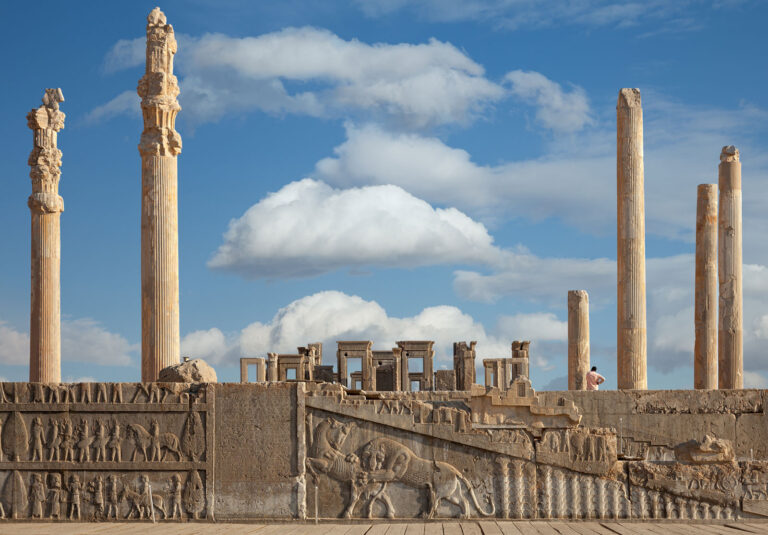 For more information, please visit the following link:
For more information, please visit the following link:
https://golshanhouse.com/index.php/tours/
University of Chicago
 Oblique aerial view of the terrace of Persepolis from the northwest, taken during an aerial survey expedition in Iran.
Oblique aerial view of the terrace of Persepolis from the northwest, taken during an aerial survey expedition in Iran.
 View of the eastern stairway and columns of the Apadana (Audience Hall) at Persepolis, Iran, 5th century B.C.
View of the eastern stairway and columns of the Apadana (Audience Hall) at Persepolis, Iran, 5th century B.C.
 Winged sphinx from the Palace of Darius, Persepolis, Iran, 5th century B.C
Winged sphinx from the Palace of Darius, Persepolis, Iran, 5th century B.C
For more information, please visit the following link:
Persian Architecture in Photos: Reliefs of Persepolis
January 2, 2020
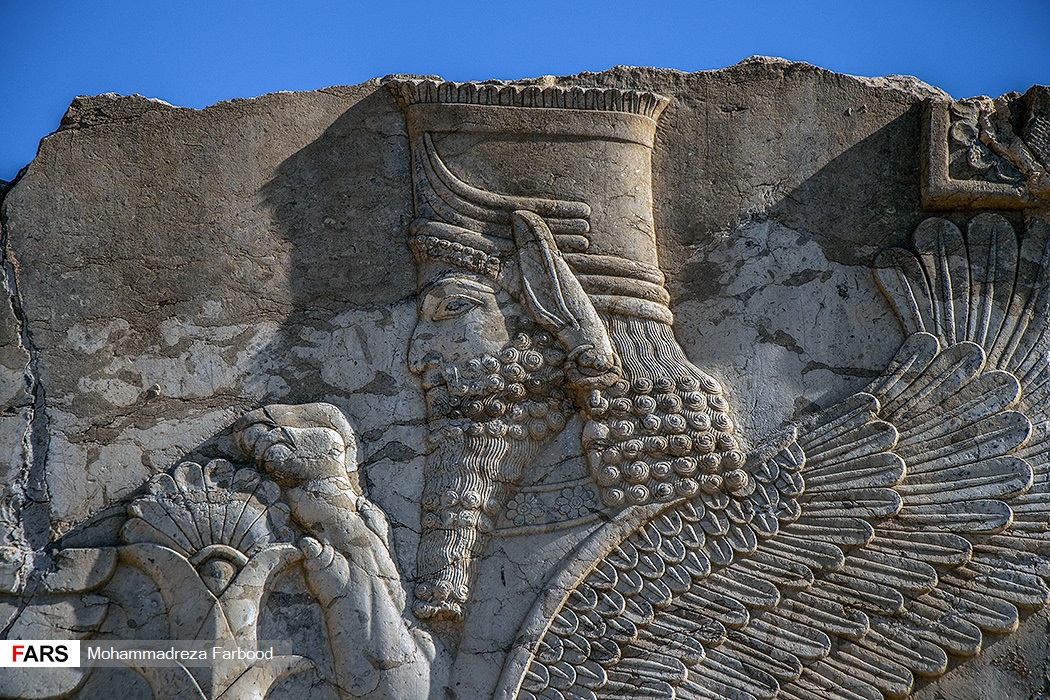 The reliefs that adorn the ancient palaces of Persepolis are considered to be among the most prominent remaining antiquities in the world.
The reliefs that adorn the ancient palaces of Persepolis are considered to be among the most prominent remaining antiquities in the world.
Extensive study is required to discover the secrets of considerable quantity and quality of the ancient complex’ reliefs.
Up to this date, however, no valid stylistic analysis on them has been published.
What follows are Fars News Agency’s photos of Persepolis reliefs:
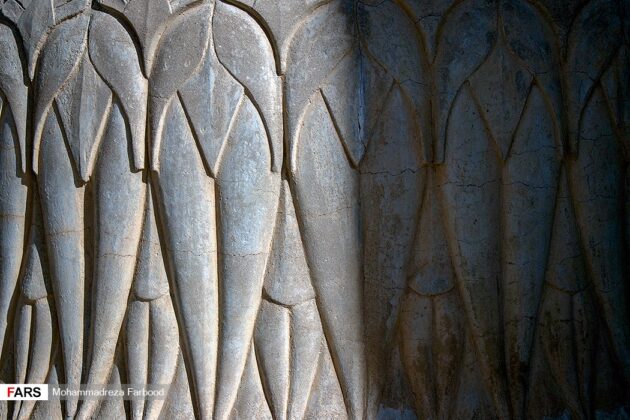


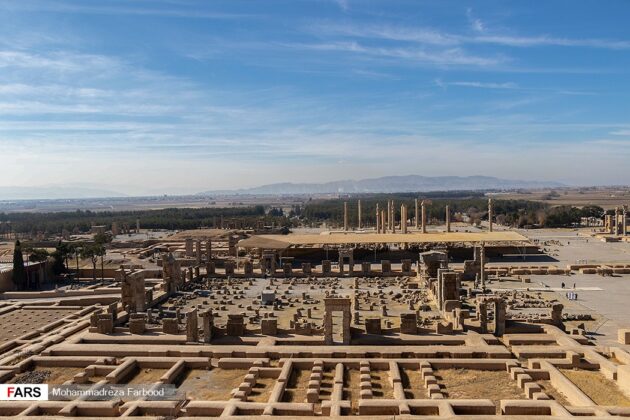 For more information, please visit the following link:
For more information, please visit the following link:
https://ifpnews.com/persian-architecture-in-photos-reliefs-of-persepolis/
More Photos from my site in Pinterest
“Persepolis would remain an important site until it was sacked, looted, and burned under Alexander the Great of Macedon in 330 B.C.E.” Khan Academy
I was very impressed with the construction of Persepolis, especially the artwork created. I can imagine how busy the workers, artists, architectures and others who were involved in building this monument must have been. Undoubtedly there was a big ceremony for the opening of the beautiful and unique complex. Music in the air, and entertainment performed, with laughter and happy conversations making Persepolis come alive for the festive occasion.
As I studied Persepolis History and discovered that it was burned and destroyed by Alexander the Great of Macedon. It is sad that humans learn to fight and destroy others in order to gain power and wealth from looting. This is the same as the Burmese (Myanmar) king burning and looting Ayutthaya, the second capital of Siam (Thailand) in 1767.
There are wars in every part of the world, especially now, between Russia and Ukraine. Putin still behaves in a similar way to aggressive leaders of past civilizations. His greediness makes him forget humanity. Ukraine is being destroyed by Putin’s bombs. Ukrainian civilians and soldiers have been killed by the thousands. Putin is sending his Russian soldiers to be killed in even greater numbers. I do not see the sense of Putin’s behave. He is the only one causing all this destruction and no one on earth can do anything about it. I can hardly believe that such a human still exists in this 21st century. Where is the UN organization and the individual countries that call themselves developed and civilized. Putin has been able to cultivate, gather power, and wealth, for himself for more than 20 years. No one in Russia can oppose Putin if they think differently to him. Those who oppose him will be jailed or killed.
In the United States, Trump who considered himself a good friend of Putin and Kim Jong-un, the dictator of North Korea, has similar hunger for absolute power and wealth. This also may apply to some Republican law makers in Congress obey and follow Trump. Even if Trump does not regain the presidency, these Republican lawmakers can still take the presidency, and gain sufficient control of the government to destroy American democracy forever.
Do we vote for the price of food in super markets or for freedom to keep democracy for the country and for future generations?
Ing-On Vibulbhan-Watts, Monday, December 5, 2022
A Brief History of the Ancient Ruins of Ayutthaya in Thailand
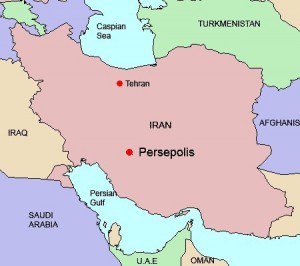



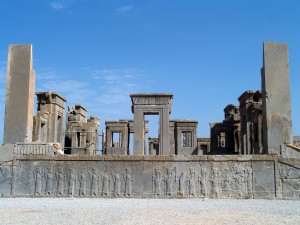


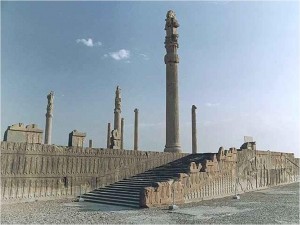
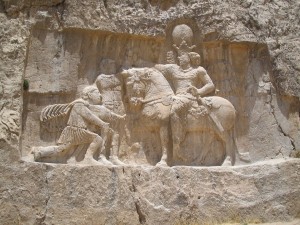
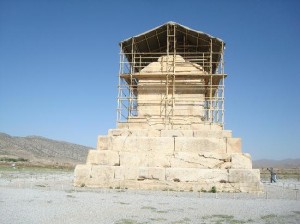
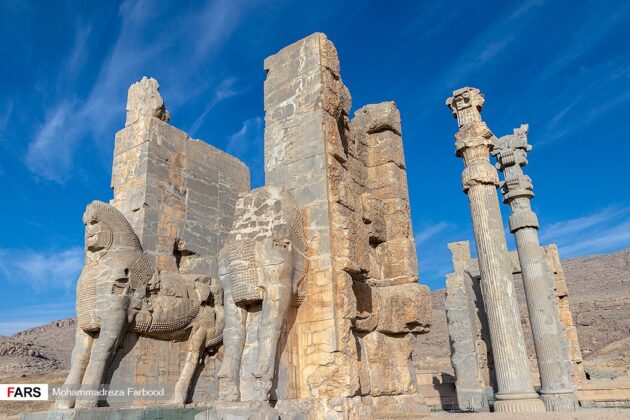



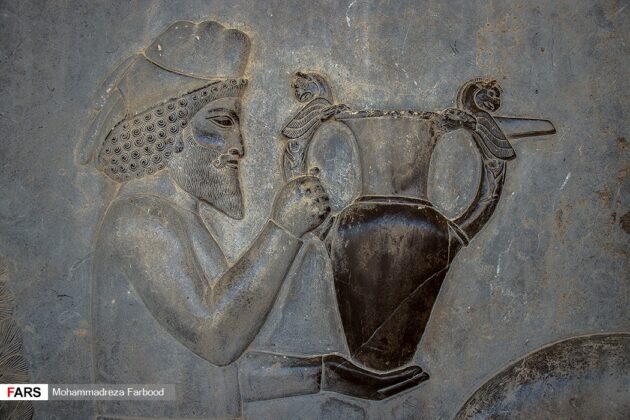

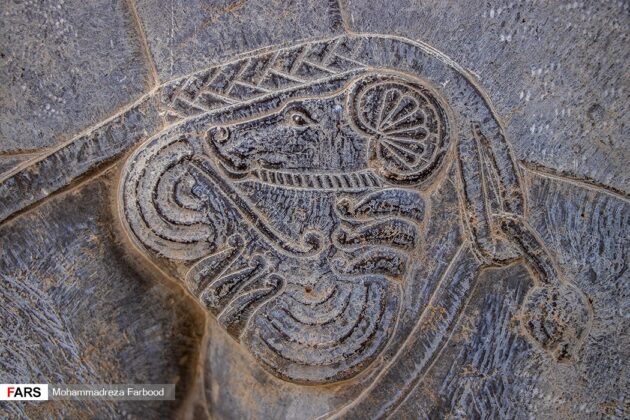
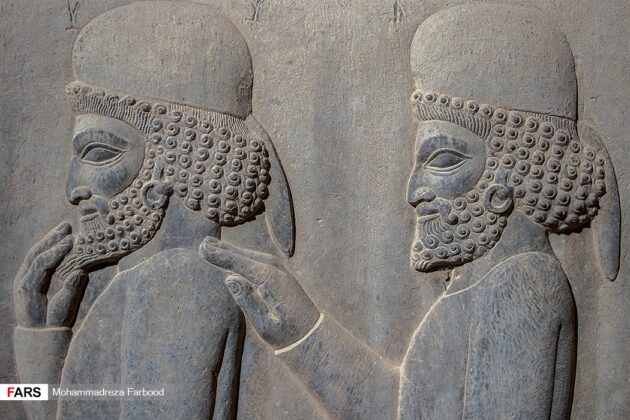
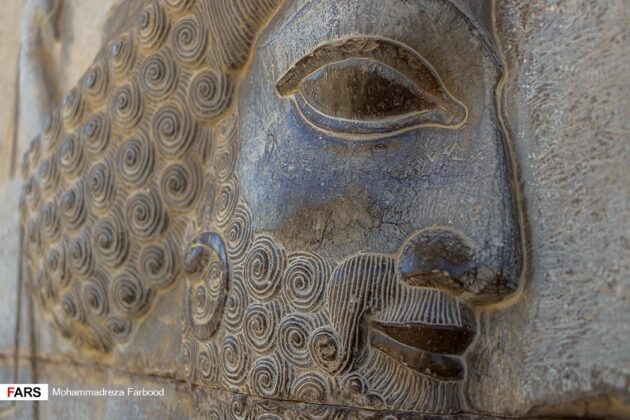

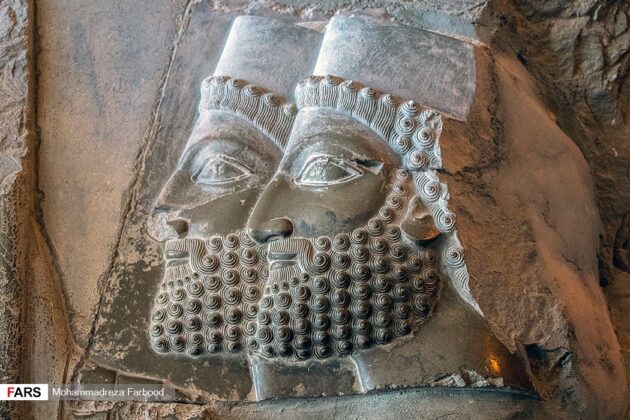
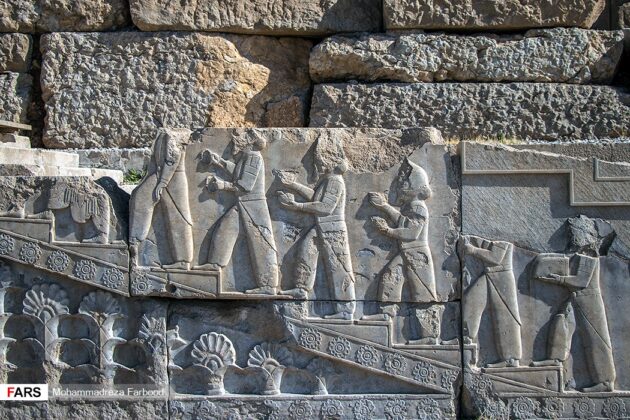
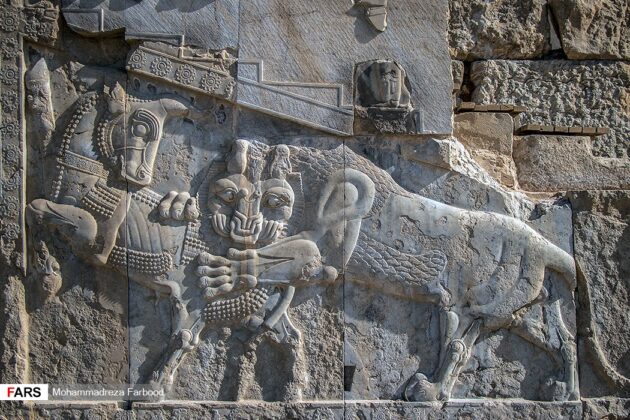
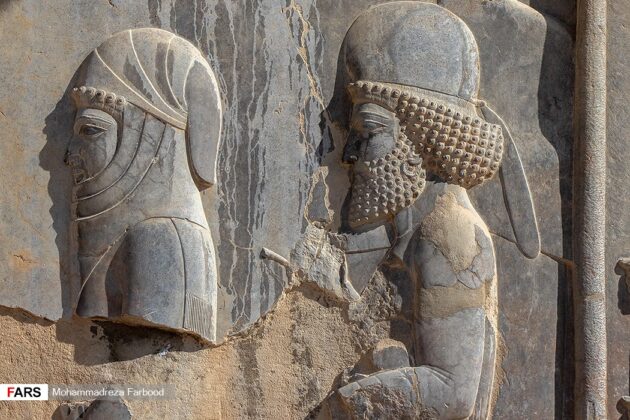
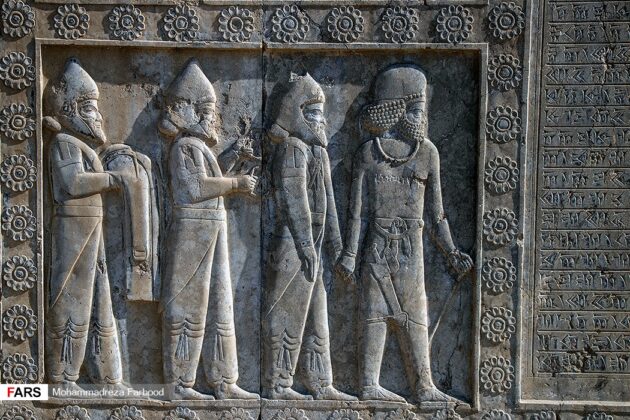

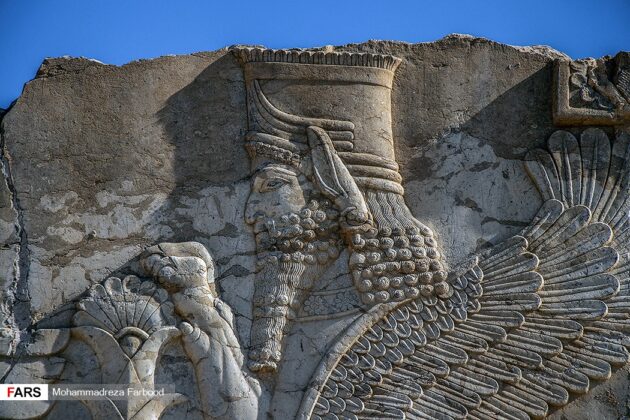
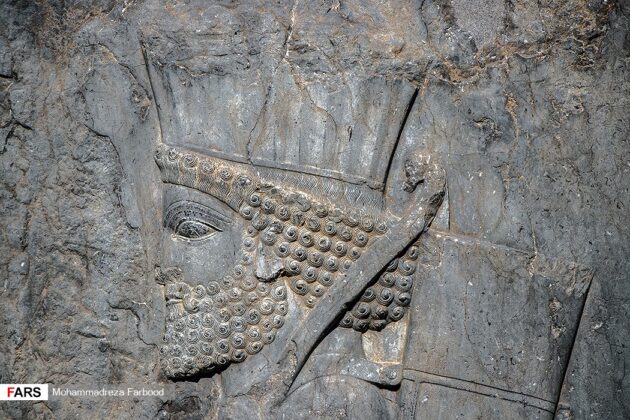
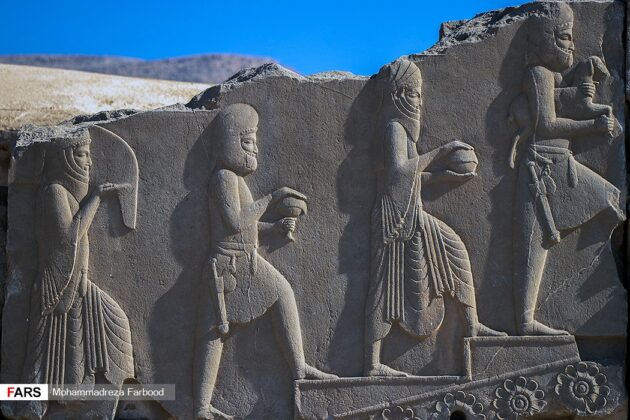
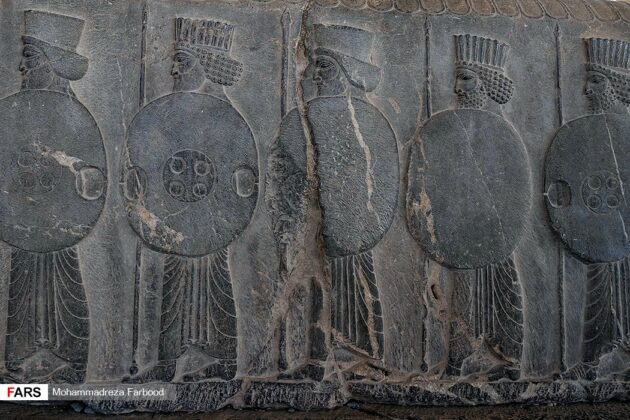
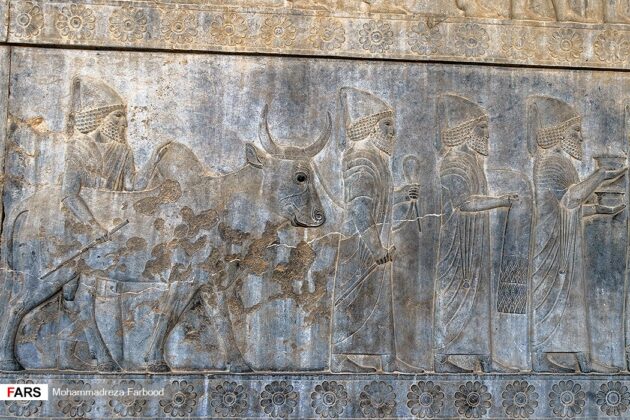
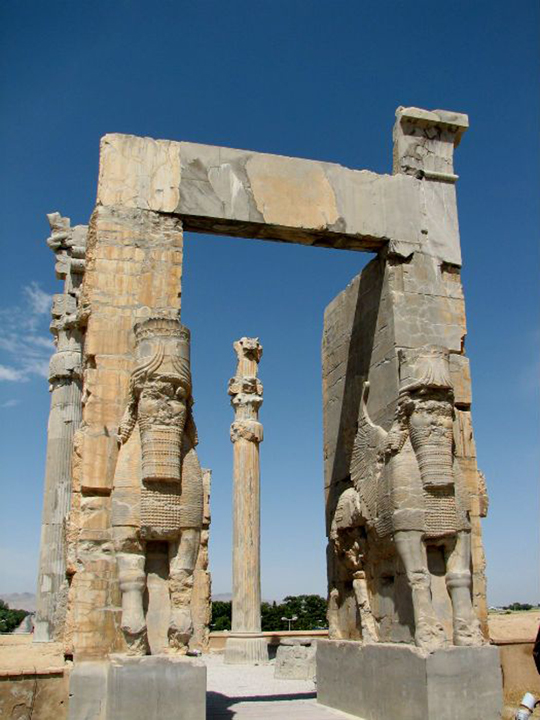
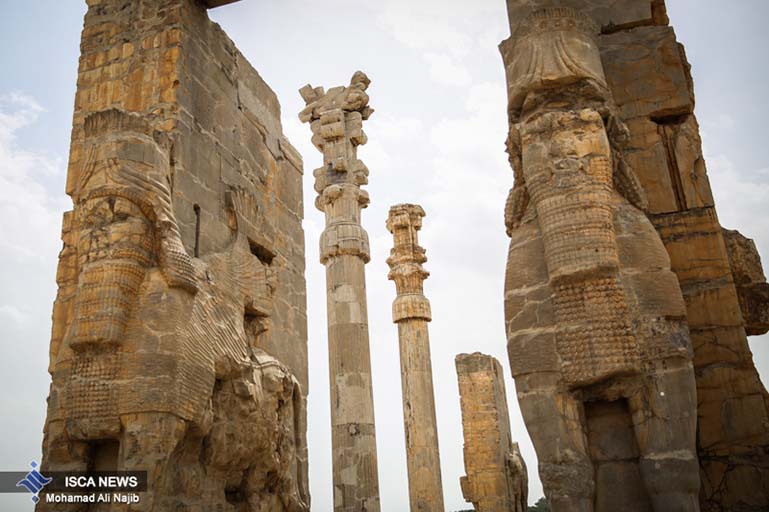
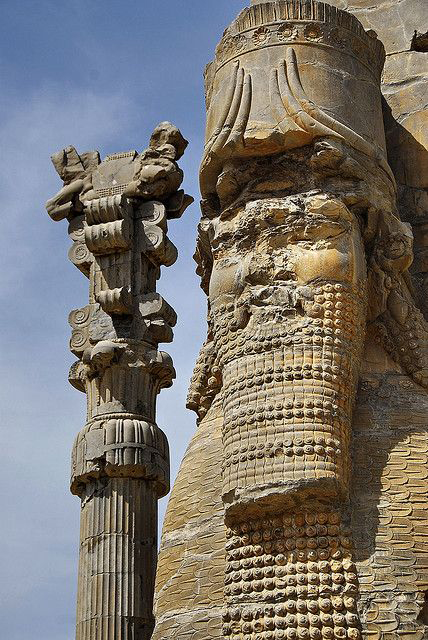
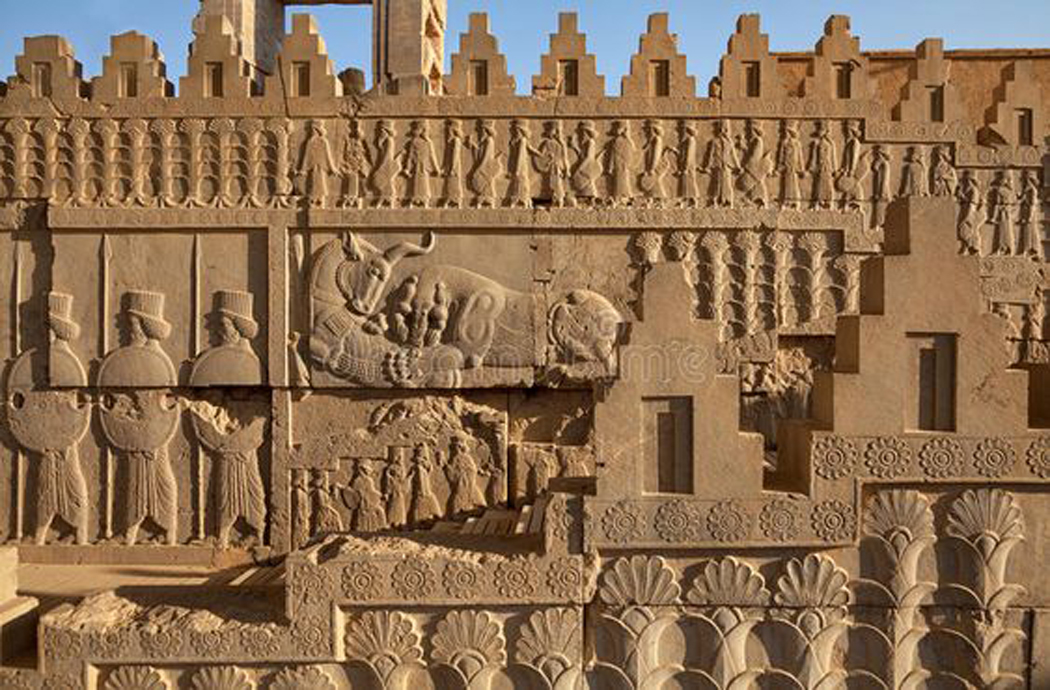
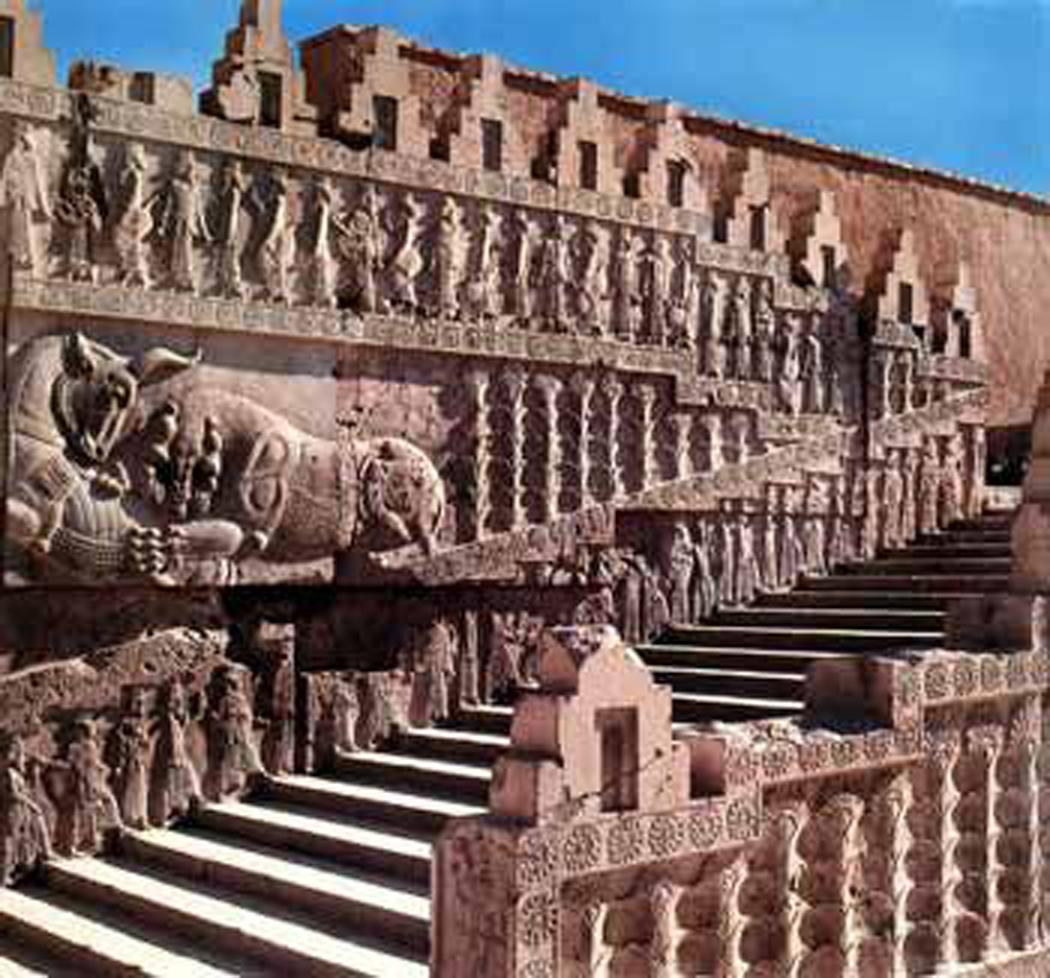

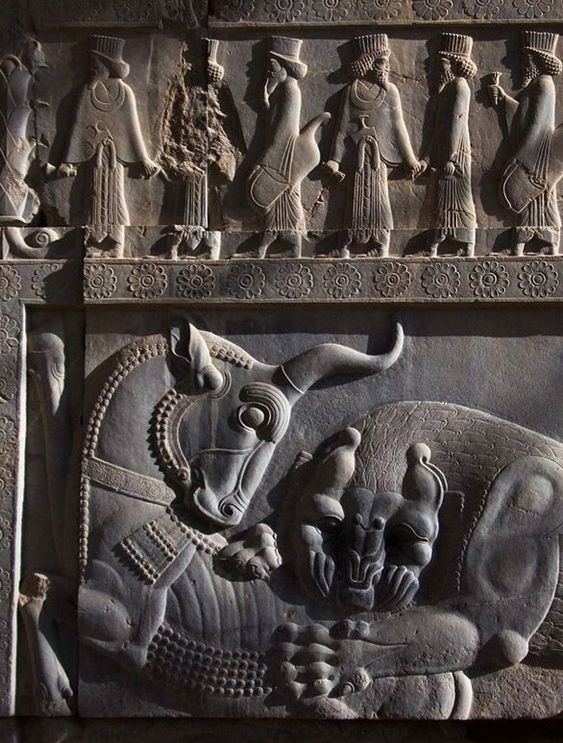
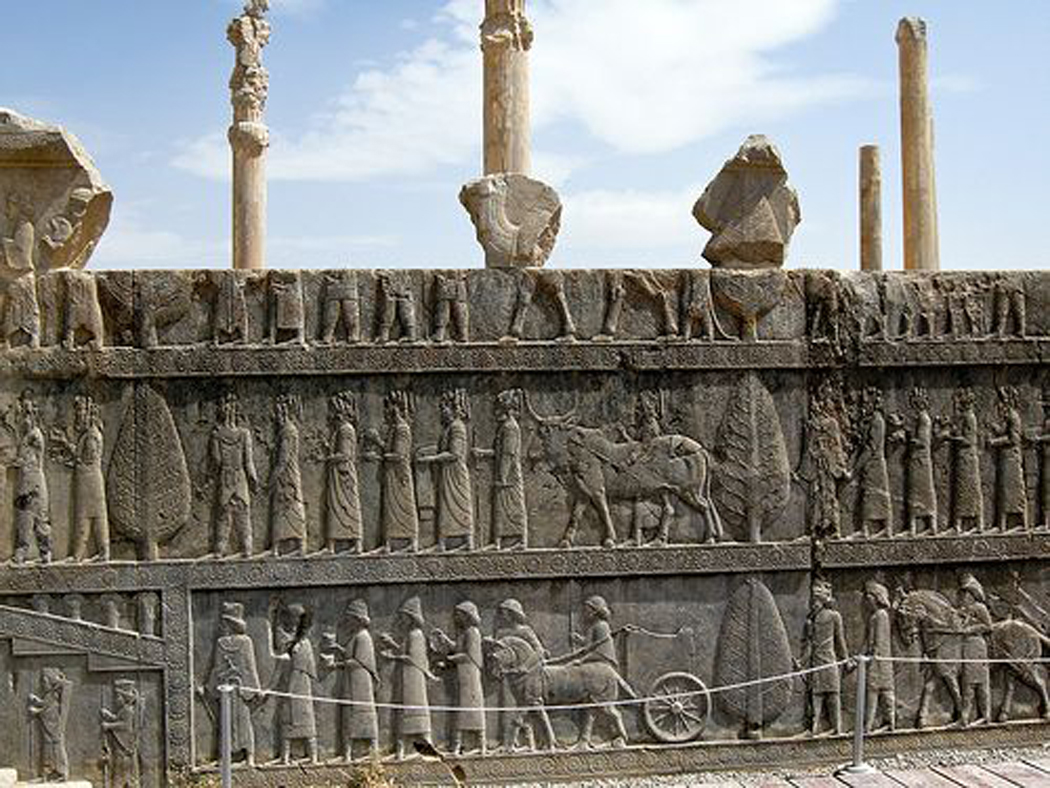
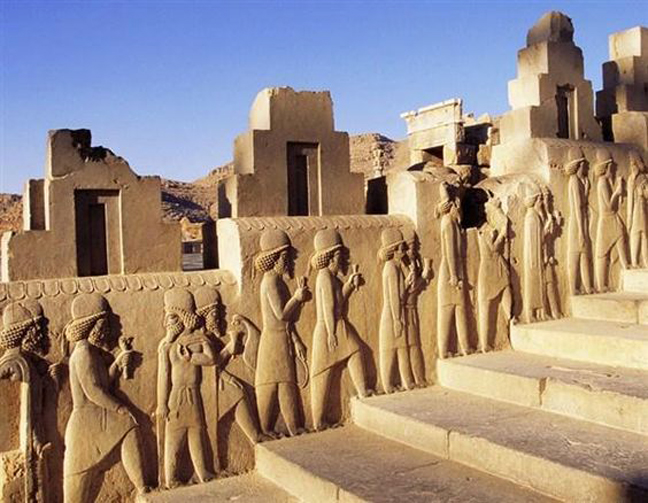
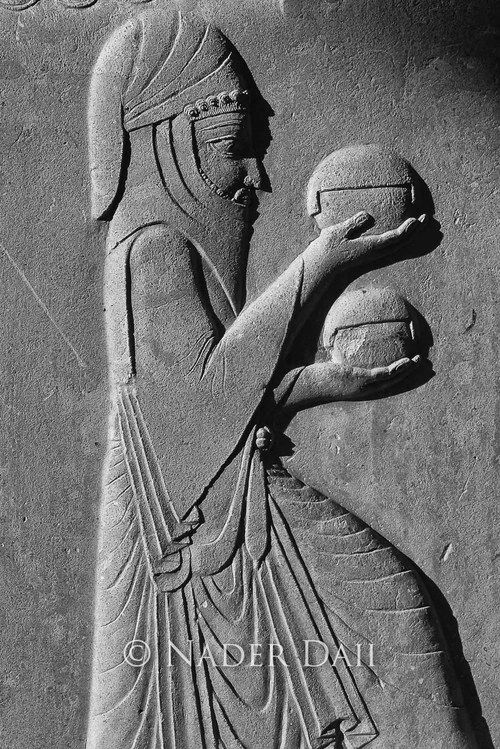
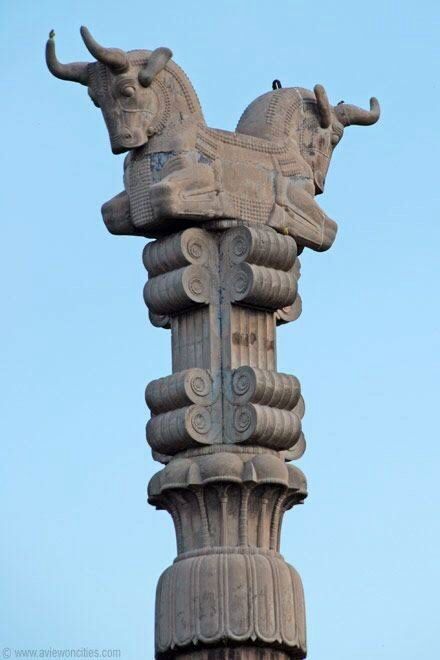
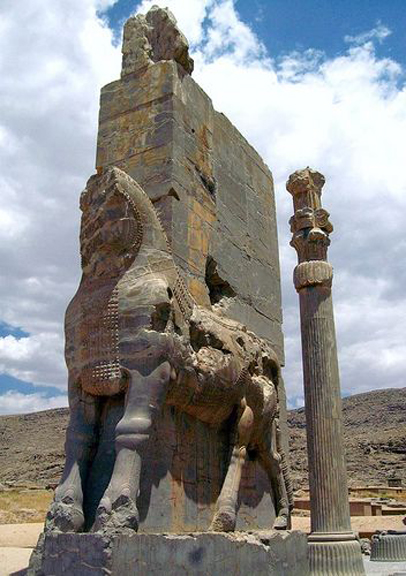
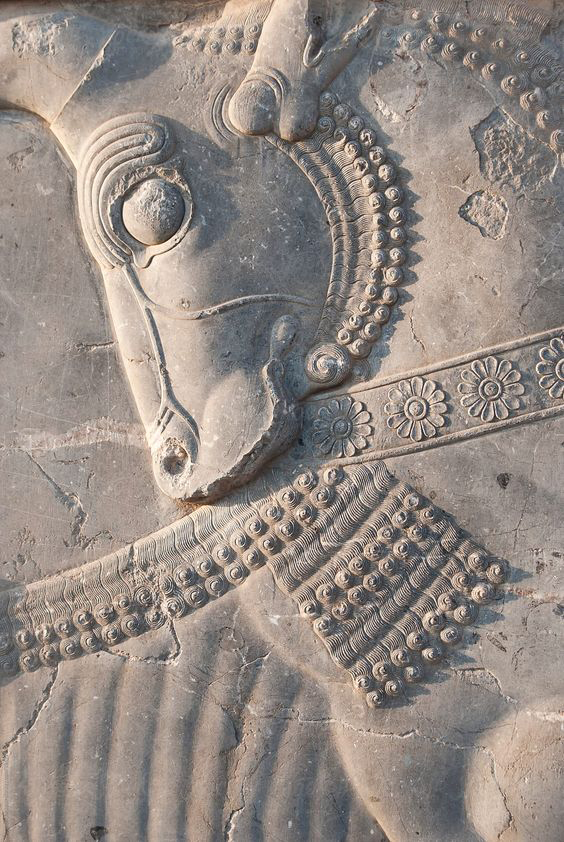
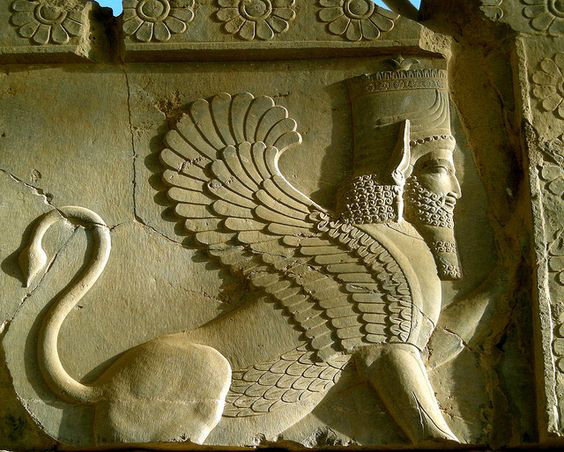
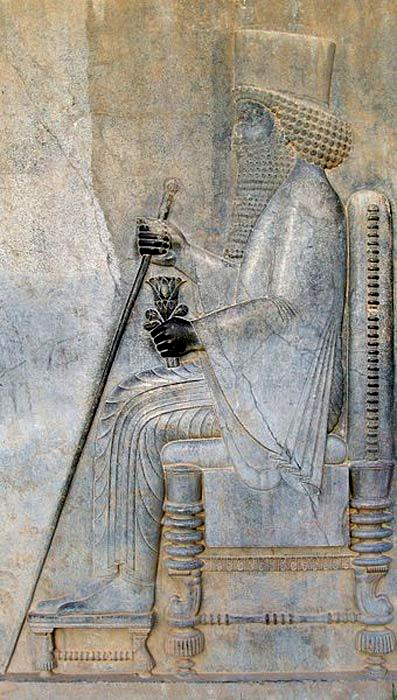
Leave a Reply